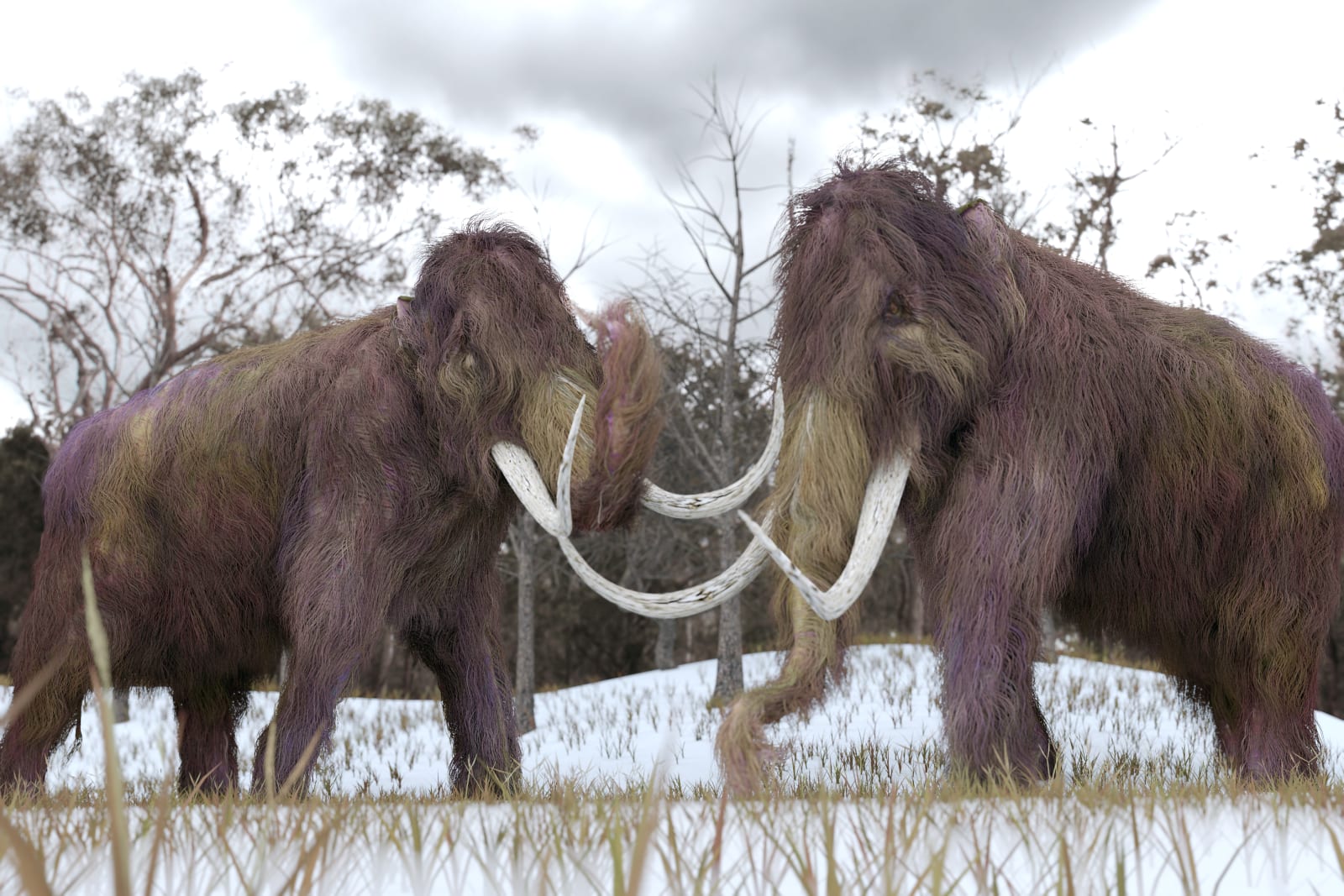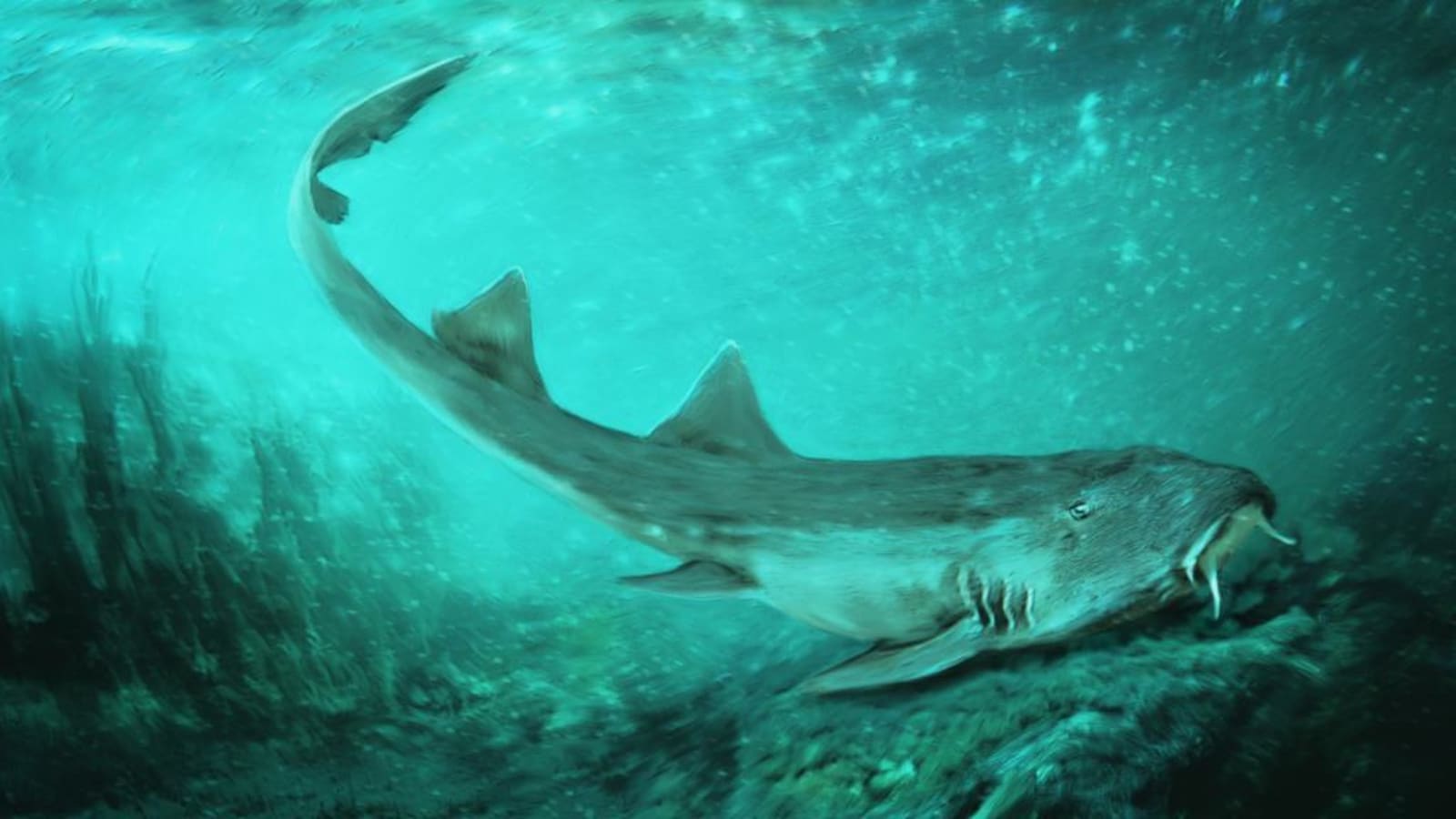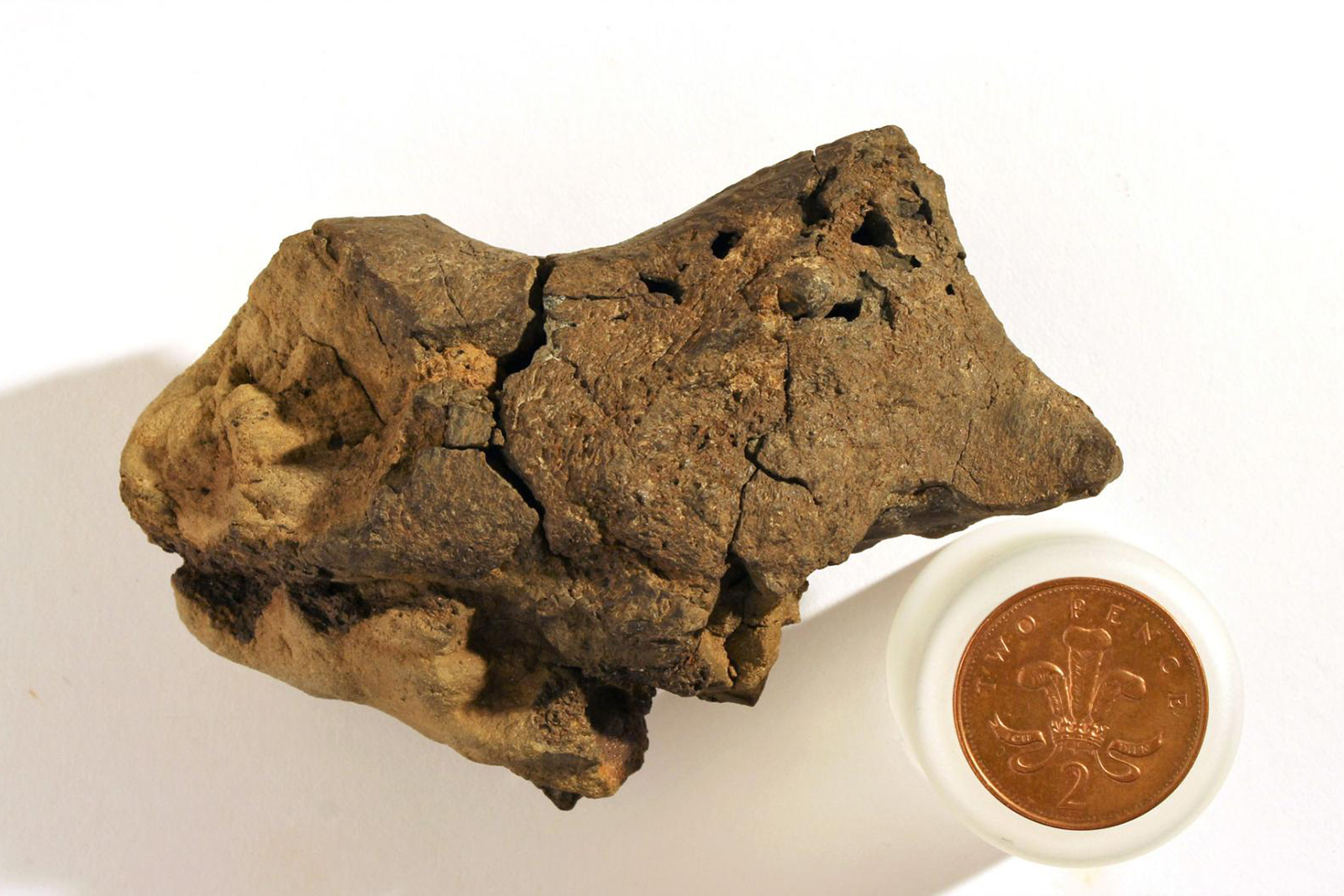An innovative scanner created by an NYU computer scientist is allowing scientists to digitize previously isolated fossils in remote South American regions. Claudio Silva’s PaleoScan provides a portable and affordable way to preserve and share collections of ancient impressions that may have otherwise been lost or smuggled.
Brazil’s Araripe Basin is lush with ancient fossils, some in unusually pristine condition. After a visit to the nearby Plácido Cidade Nuvens Museum of Paleontology (MPPCN), where many of them are stored, Silva saw “a labyrinth of floor-to-ceiling metal shelving units” that was “stacked high with piles of the most beautiful fossils he’d ever seen” from the Cretaceous period, as described by Smithsonian Magazine. The problem was the collection of insects, fish, turtles and pterosaurs from a distant past hadn’t been digitized. And, given the region’s limited funding, staffing and remote location (getting there requires a flight on a four-seater puddle-jumper of a plane), there wasn’t much hope for remedying that.
Another problem the museum (and others like it) faced was illegal fossil trafficking. The Araripe Basin is a prime target for the ruthless exploitation of historical resources by smugglers and wealthier nations. Digitizing the fossils could help thwart that practice — both by providing virtual scans, which help offset the risk-benefit ratio for smugglers, and by creating a global dataset paleontologists could use to trace stolen artifacts to their source.
“Empowering resource-poor museums and institutions to scan their own fossils and provide virtual versions of those fossils to the rest of the world, I think, would really help the scientific community, but also the institutions themselves,” paleontologist Akinobu Watanabe with the New York Institute of Technology told Smithsonian Magazine.
Silva, an expert in graphics visualization and geometry processing, saw an opportunity. He departed the MPPCN, promising to return in two years to help digitize their collection. Given the breadth of that task, it wouldn’t have been surprising to hear some snickers or sarcastic jokes from staff after he took off on his flight back to the US.
The solution Silva created is PaleoScan, a low-cost, high-throughput scanner that he packed into “large wooden boxes” on his journey back to MPPCN in the summer of 2023. Designed to fill in the gaps between hard-to-reach fossil collections and the global community of paleontologists, the device produces high-quality 3D fossil reconstructions through cheap and relatively portable scanning.
Adaptable for different fossil sizes, PaleoScan uses a downward-facing camera on an automatic gantry. Its calibration board allows for batch scanning with simple correction for scale and offset camera positioning. The device costs less than commercial 3D fossil scanners, is more easily transportable than CT (computed tomography) scanners and is much easier to operate, even for the less technically inclined.
PaleoScan’s camera is mounted to a frame moving on two axes. It takes “thousands of individual raw photos of a fossil under controlled light conditions,” as described by Smithsonian Magazine. Meanwhile, the person operating it only needs to navigate a touchscreen (which, in videos, appears to be a repurposed mobile device).
Once scanned, the photo batch is uploaded to the cloud for processing, where software stitches them together into highly detailed 3D models. The processed data can then be saved in a metadatabase and made available via an API for paleontologists around the world to study and share. (Think something like a GitHub for fossil enthusiasts.)
The researchers say the resulting reconstructions are validated as highly accurate. Museum workers can receive tutorial videos with step-by-step instructions for operating the scanner.
Over 200 unique fossils, using over a terabyte of high-quality data, have already been digitized at the MPPCN, and the response from the paleontology community has been receptive and enthusiastic. Researchers unrelated to the project were impressed with the scanner and hoped to get their hands on versions for other remote regions in Mexico and Chile. Some have requested an upgraded model with true 3D capabilities rather than the current two-axis version ideal for the Araripe Basin’s mostly flat fossils, something Silva says is already in the works.
For more on PaleoScan’s innovation and future, you can check out the research paper and Smithsonian Magazine’s in-depth write-up.
This article originally appeared on Engadget at https://www.engadget.com/science/paleoscan-is-a-cheap-imaging-device-democratizing-fossil-research-190034334.html?src=rss






 Reviving the woolly mammoth is still a tall order. However, technology might be far enough along to help explain why the elephant ancestor went extinct in the first place. Scientists have 'resurrected' genes from a population of mammoths that survi...
Reviving the woolly mammoth is still a tall order. However, technology might be far enough along to help explain why the elephant ancestor went extinct in the first place. Scientists have 'resurrected' genes from a population of mammoths that survi...
 Paleontologists took a cue from retro games when naming a prehistoric shark -- they dubbed it Galagadon nordquistae after '80s arcade shooter Galaga. They bestowed the unusual name upon the newly discovered species because its teeth look a bit like t...
Paleontologists took a cue from retro games when naming a prehistoric shark -- they dubbed it Galagadon nordquistae after '80s arcade shooter Galaga. They bestowed the unusual name upon the newly discovered species because its teeth look a bit like t...
 That lump you see above many not look like much at first blush, but it's a big deal for paleontology: scientists say they have discovered that the sample has the first known example of a dinosaur brain tissue fossil. The team used a scanning electron...
That lump you see above many not look like much at first blush, but it's a big deal for paleontology: scientists say they have discovered that the sample has the first known example of a dinosaur brain tissue fossil. The team used a scanning electron...
 A nine-year-old girl patiently looked on while a technician pulled up a scan of her specimen. A 3D skull with a pointy beak popped up on the computer screen. The child, wearing clear frame glasses and a light grey tee with a sequined star on the fron...
A nine-year-old girl patiently looked on while a technician pulled up a scan of her specimen. A 3D skull with a pointy beak popped up on the computer screen. The child, wearing clear frame glasses and a light grey tee with a sequined star on the fron...


